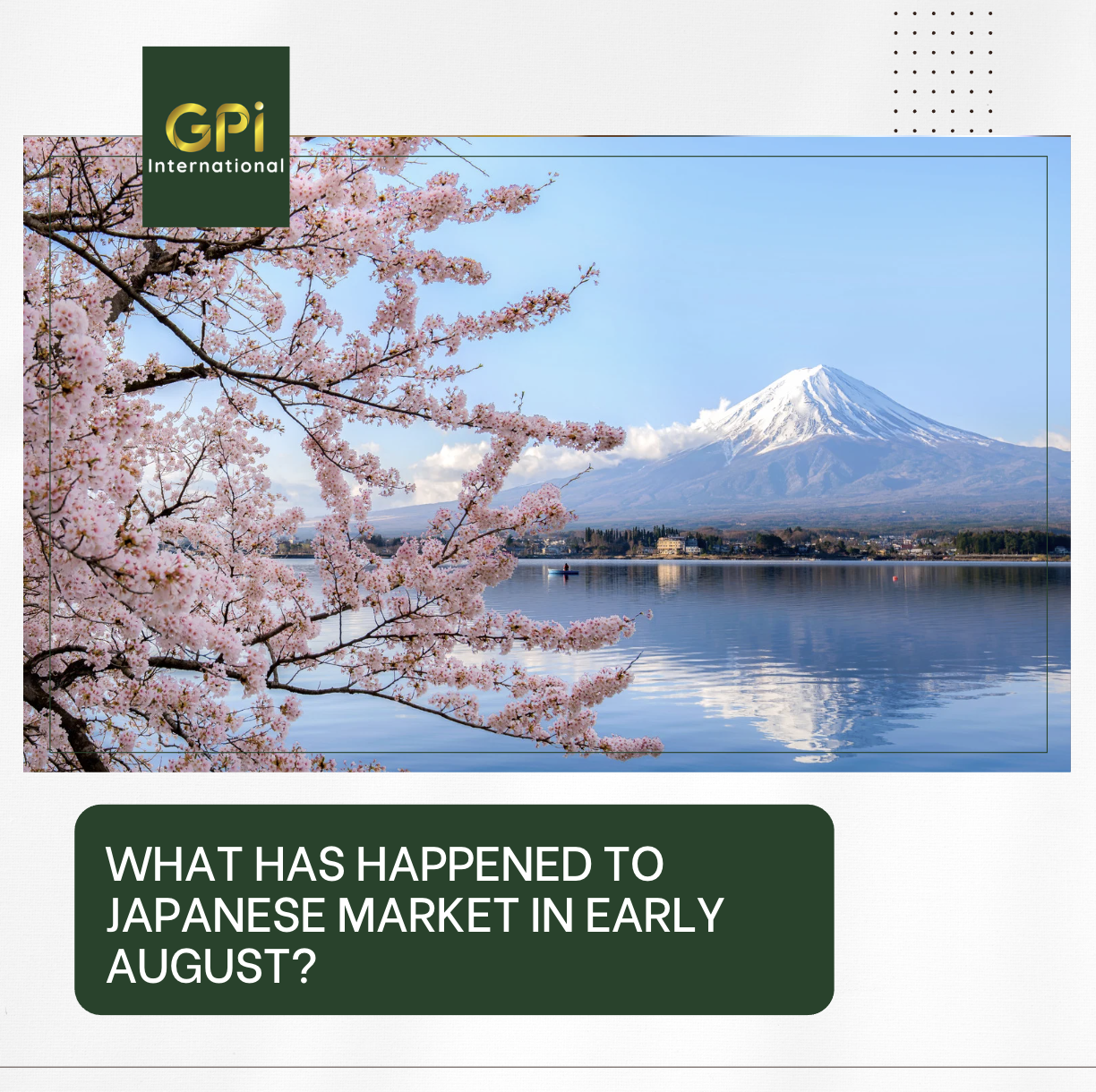What has happened to Japanese market in early August?
By the end of the trading day on August 5th, Japanese stocks listed on the Nikkei Index had seen their biggest daily fall in history, eclipsing the devastation of “Black Monday” way back in 1987.
This move was not driven by the exogenous economic impacts, like a crisis, banking issues, war, or a pandemic. Instead, it was driven by specific issues within the market itself, particularly the Yen carry trade.
A carry trade is an investment strategy where investors borrow money in a currency with low interest rates, such as the Yen, and invest it in assets or currencies with higher interest rates, like U.S. stocks or bonds. The goal is to profit from the difference in interest rates while hoping for favourable exchange rate movements.
Currently, the interest rate difference between the U.S. and Japan is significant—U.S. rates are near 5%, while Japanese rates remain low due to a long period without significant inflation. Investors, both global and Japanese, have been borrowing at low rates in Japan and using those funds to buy higher-yielding assets like U.S. treasuries. This strategy has allowed them to potentially earn annual returns of 5% to 6% on dollar-yen carry trades.
However, the situation changed when the Bank of Japan recently raised interest rates from nearly zero to 0.25%, marking a shift in its long-standing monetary policy. Although this increase seems minor, it has major implications for carry trades. The impact of Japan’s decision was intensified by expectations of interest rate cuts in the U.S. due to recession fears, leading to a strengthening of the Yen against other currencies, including the U.S. dollar. The Yen appreciated by 13% in just one month.
Since carry trades depend on wide interest rate gaps and favorable currency movements to generate profits, this sudden shift led to a sell-off. Investors rushed to unload high-risk assets as their borrowing costs increased, profit margins diminished, and asset values dropped.
Many investors were engaged in the same trade during a period of low market liquidity, amplifying the impact. As rates slowly rose in Japan, the unwinding of these trades caused sudden drops in asset prices, unsettling the markets and potentially triggering automated sell-offs in funds.
Some financial media outlets attributed this market turbulence to fears of a U.S. recession, but that is misleading. While there have been weaker-than-expected indicators in the U.S., these alone do not necessary equal a recession on the horizon.






